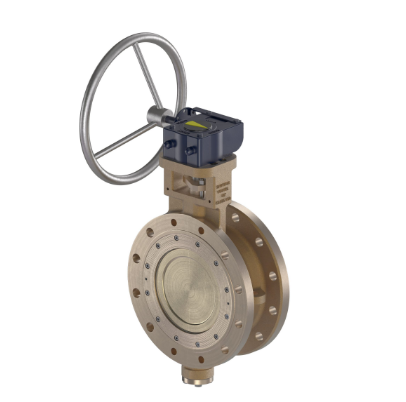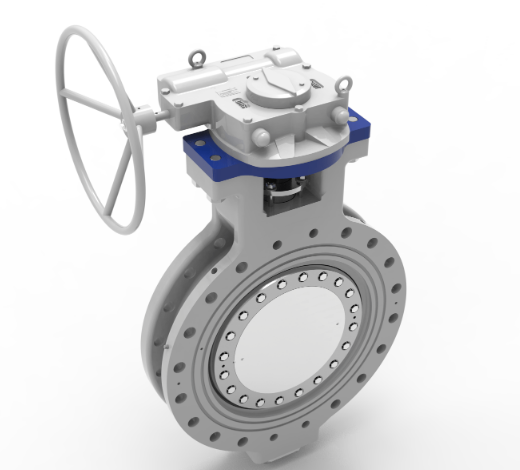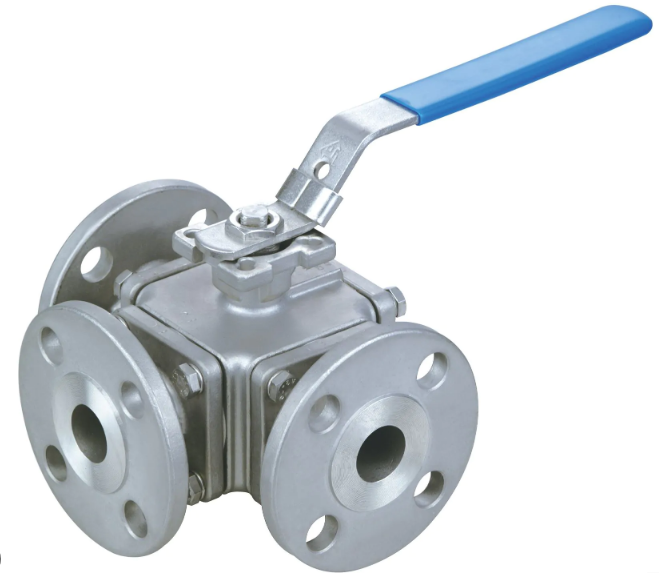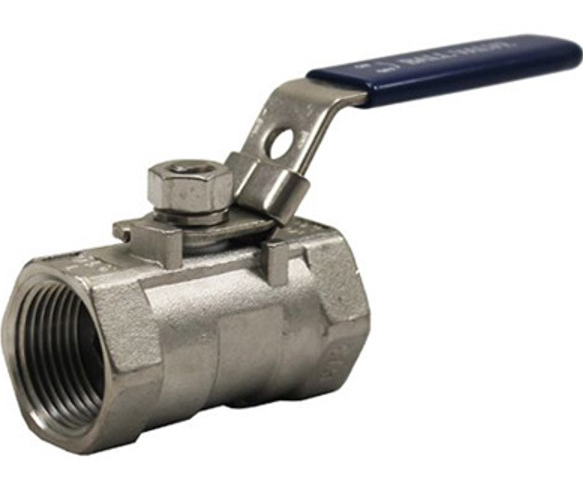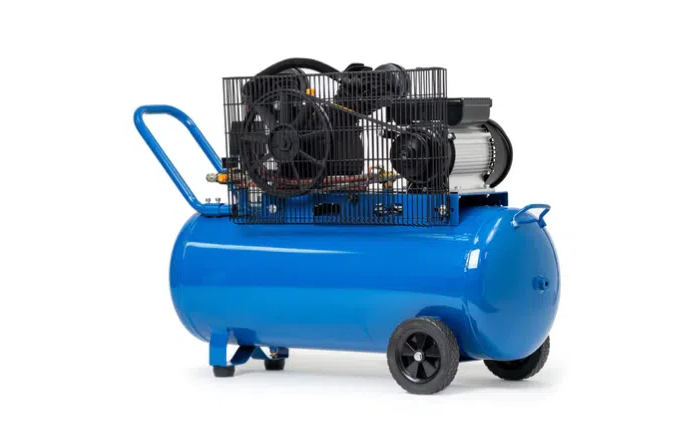Introduction
A mini pneumatic actuator is a compact device that converts compressed air into mechanical motion for controlling valves, levers, and other small-scale automation equipment. While full-sized pneumatic actuators are widely used in heavy-duty industries, mini pneumatic actuators are designed for space-limited, lightweight, and precision applications.
In this guide, we’ll explore what a mini pneumatic actuator is, how it works, its types, benefits, and common industrial uses.
What is a Mini Pneumatic Actuator?
A mini pneumatic actuator functions the same way as a standard pneumatic actuator but is designed with a smaller body and lighter weight for applications where space is restricted.
Key Features:
-
Operates using compressed air (typically 2–10 bar / 30–145 psi)
-
Available in both linear and rotary configurations
-
Compact design for tight installations
-
Lower torque/force output compared to standard models
Working Principle of a Mini Pneumatic Actuator
The mini pneumatic actuator working principle is based on the conversion of compressed air energy into motion:
-
Air Supply – Compressed air enters the actuator chamber via an inlet port.
-
Pressure Build-up – Air pressure pushes a piston or vane.
-
Motion Output –
-
Linear type: The piston moves back and forth to create straight-line motion.
-
Rotary type: The piston or vane converts air pressure into rotational torque.
-
-
Return Stroke – Air is exhausted, and the actuator returns via a spring (single-acting) or reverse air pressure (double-acting).
Types of Mini Pneumatic Actuators
1. Linear Mini Pneumatic Actuators
-
Produce straight-line motion
-
Common in miniature valve control, testing equipment, and robotics
2. Rotary Mini Pneumatic Actuators
-
Deliver rotational motion (often 90° or 180°)
-
Used in compact valve automation and mechanical arms
3. Single-Acting Mini Pneumatic Actuators
-
Air-powered in one direction, spring return for fail-safe operations
-
Ideal for emergency shut-off valves in small systems
4. Double-Acting Mini Pneumatic Actuators
-
Air-powered in both directions for precise positioning
-
Used in high-cycle or continuous automation tasks
Advantages of Mini Pneumatic Actuators
-
Space-Saving – Fits in confined machinery layouts
-
Lightweight – Reduces overall system load
-
Fast Response – Quick actuation for time-sensitive processes
-
Cost-Effective – Low operating costs using compressed air
-
Safe Operation – No electrical sparks, suitable for hazardous zones
Industrial Applications
Mini pneumatic actuators are widely used in:
-
Laboratory Equipment – Automated sample handling
-
Packaging Machines – Precise product positioning
-
Robotics – Small-scale motion control in robotic arms
-
Medical Devices – Sterile automation in surgical tools
-
Small Valve Control – For water, air, and light chemical flow systems
-
Electronics Manufacturing – Micro-assembly line automation
Selection Tips
When choosing a mini pneumatic actuator, consider:
-
Stroke Length or Rotation Angle
-
Force/Torque Requirements
-
Air Pressure Range
-
Mounting Space
-
Material Compatibility (e.g., stainless steel for corrosive environments)
Maintenance Best Practices
-
Regularly check air supply lines for leaks
-
Keep air dry and filtered to prevent internal wear
-
Lubricate as per manufacturer guidelines
-
Inspect seals and replace if worn
Conclusion
A mini pneumatic actuator offers a reliable, compact, and efficient solution for automating tasks in tight spaces. Its small size doesn’t compromise its performance in precision applications, making it an essential component in modern robotics, packaging, laboratory automation, and medical systems.
If you want to learn more about low-priced products, please visit the following website: www.xm-valveactuator.com







